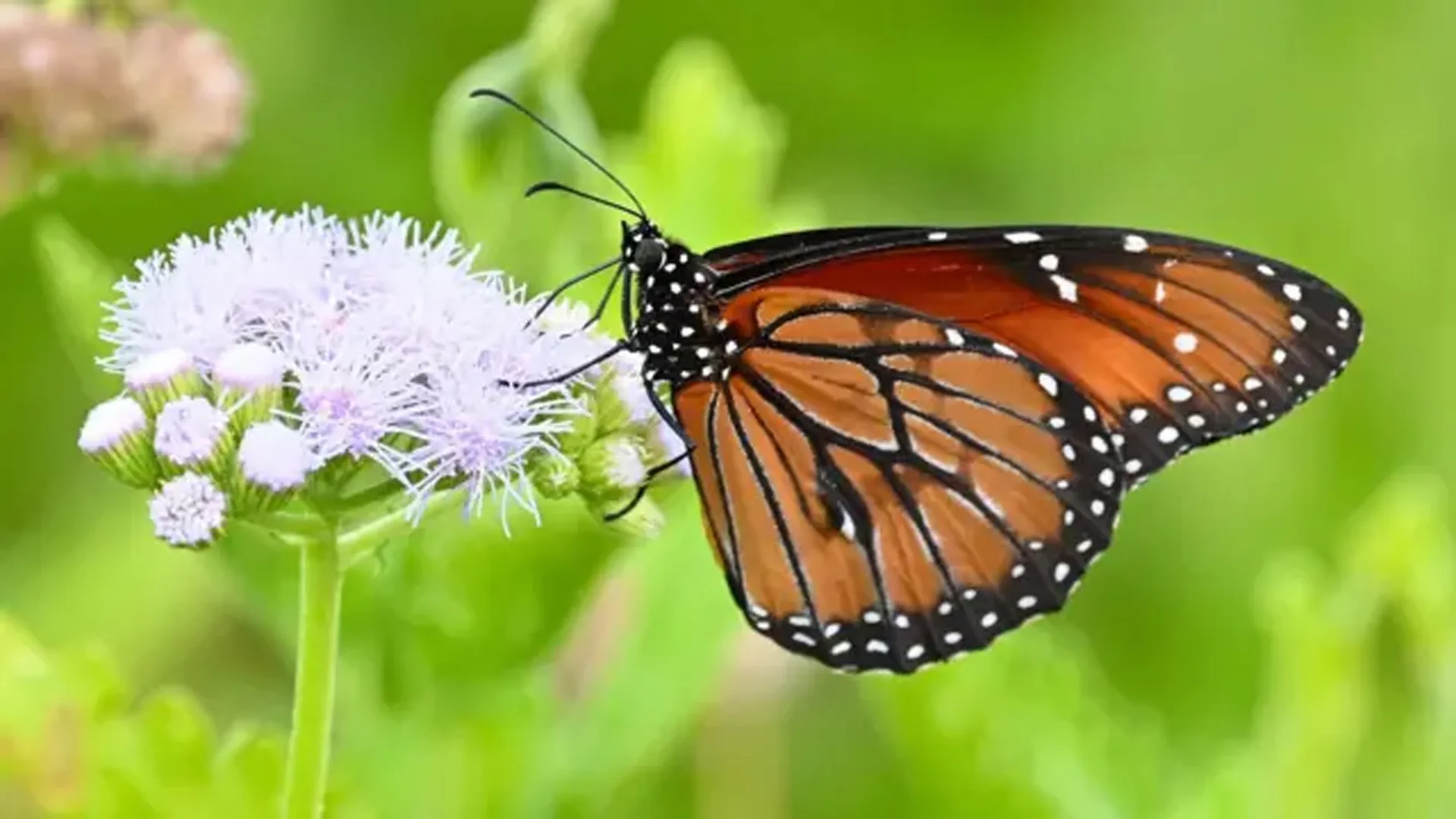A new study has come up with alarming statistics regarding the decline of butterflies in the US. Between 2000 and 2020, butterfly numbers dipped by 22% across 554 species, reports data from over 76,000 surveys and 35 monitoring schemes. The study, which compiled 12.6 million records of butterflies, provides a wide-ranging picture of the crisis.
While butterflies are among the most studied insect species, earlier research was geographically limited or derived from single-source data. This study paints a wider picture, showing a general decline across the contiguous United States.
Decline Far Outweighs Growth of Butterflies
Of the species that were recorded, population decreases were much more prevalent than increases. Indeed, 13 times as many species had population declines compared to those that had growth. This trend is indicative of a decline that is not isolated but general, impacting butterfly populations across the country.
Experts are cautioning that the loss of butterflies may have serious ecological implications. As important pollinators and food sources for other wildlife, their loss may upset ecosystems and biodiversity.
Experts Warn the Warning
“Butterflies have been declining the last 20 years,” study co-author Nick Haddad, an entomologist at Michigan State University, said. “And we don’t see any sign that that’s going to end.”
David Wagner, an entomologist at the University of Connecticut who wasn’t part of the research, highlighted the long-term implications. “In just 30 or 40 years we are talking about losing half the butterflies (and other insect life) over a continent!” he wrote in an email. “The tree of life is being denuded at unprecedented rates.”
Warning Sign for Humans
Scientists think that the decline of butterflies is an indication of a wider warning to mankind. Cornell University butterfly expert Anurag Agrawal had fears regarding the future of human existence.
“The loss of butterflies, parrots and porpoises is undoubtedly a bad sign for us, the ecosystems we need and the nature we enjoy,” Agrawal said. “They are telling us that our continent’s health is not doing so well … Butterflies are an ambassador for nature’s beauty, fragility and the interdependence of species. They have something to teach us.”
Butterflies also positively contribute to the well-being of people, observed Professor Karen Oberhauser. “They link people with nature and that tranquilizes us, makes us healthier and happier, and facilitates learning.”
Beyond Butterflies: An Expanded Insect Emergency?
Butterfly decline could be a sign of a kind of epidemic in less-studied insect species nationwide and worldwide. Wagner maintained that the trends in butterflies are not limited to butterflies only, and therefore the imperative for conservation.
As researchers track these dangerous trends, scientists call for immediate action to protect butterflies and the ecosystems they support. Their decline represents a critical environmental crisis that can have significant effects on biodiversity and human life.






















